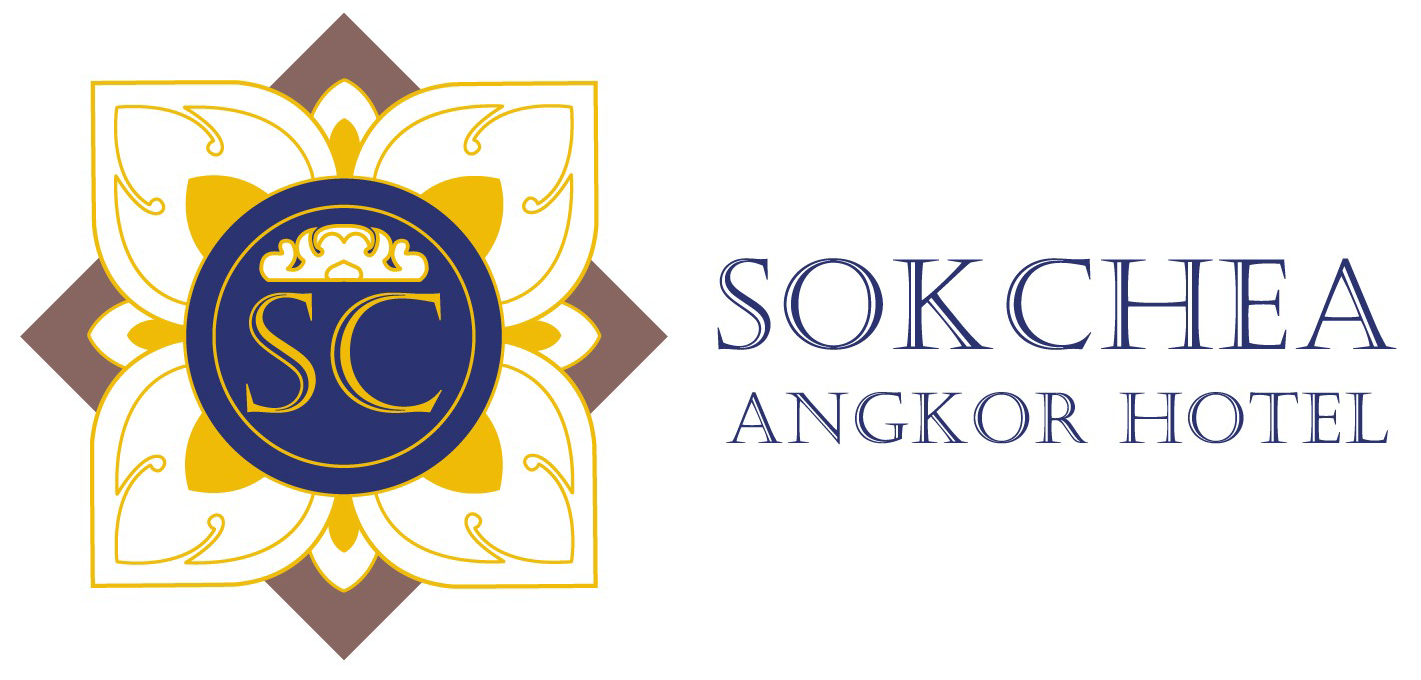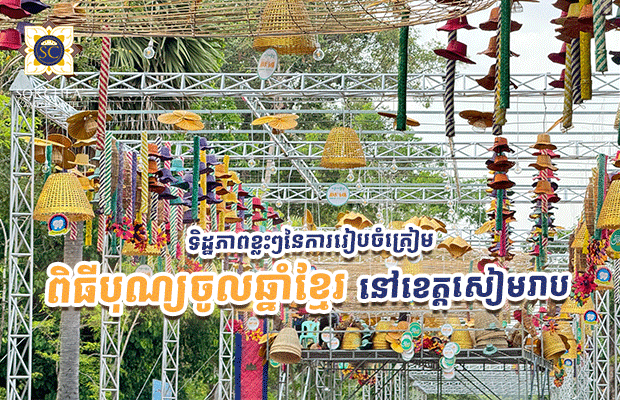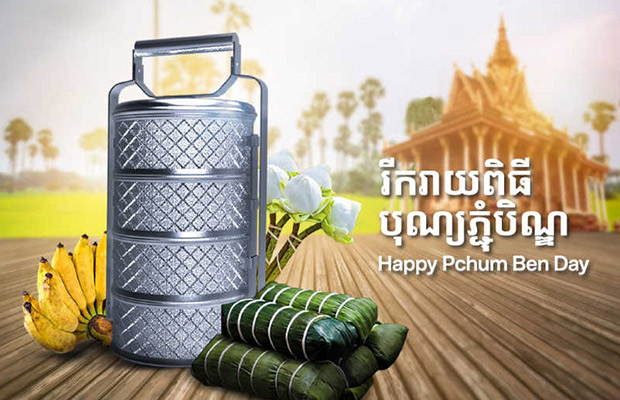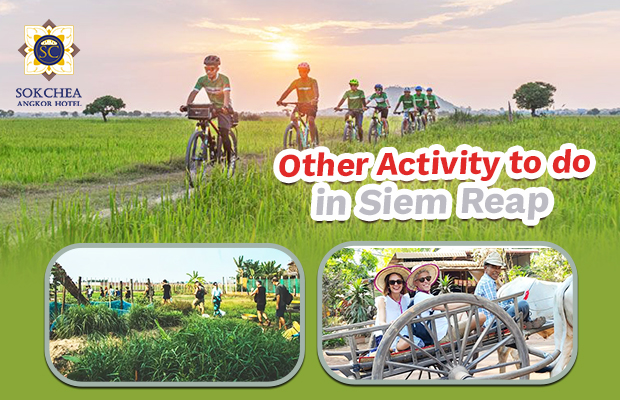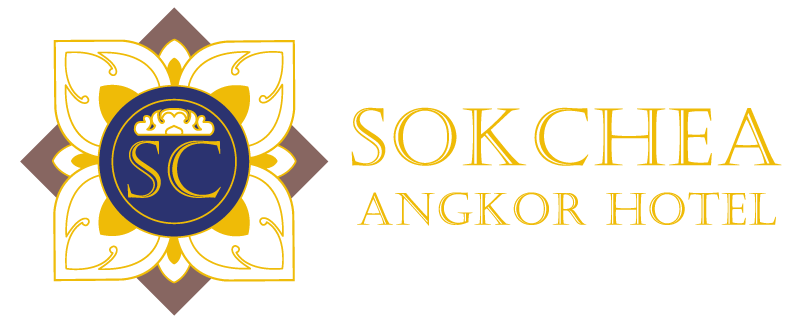When most travelers think of Siem Reap, the majestic temples of Angkor Wat often take center stage. But there’s so much more to this vibrant destination than ancient ruins. For those looking to experience the authentic heart of Cambodia, we invite you to step off the beaten path and dive into a world of unforgettable local experiences. Here are three activities you can enjoy during your stay with us that reveal the charm and beauty of Siem Reap’s countryside and culture.
🚴♀️ Ride a Bicycle Through the Countryside
There’s no better way to slow down and truly connect with the rhythms of rural life than by riding a bicycle through the countryside. Just a short ride from the city center, the landscape opens up into lush rice paddies, sugar palm trees, and traditional stilted homes.
As you pedal along the red dirt roads, you’ll pass smiling farmers working the fields, curious children waving hello, and peaceful lotus ponds glistening in the sun. Whether you go with a guide or explore on your own, biking is a wonderful way to witness everyday Cambodian life, far from the tourist crowds.
Tip: Early mornings or late afternoons are ideal for cycling to avoid the heat and catch the golden light over the fields — perfect for photography lovers!
🥘 Join a Traditional Khmer Cooking Class
What better way to take a piece of Cambodia home with you than through its flavors? A Khmer cooking class is a hands-on way to discover the secrets behind Cambodia’s rich and aromatic cuisine.
Begin your experience by visiting a local market to shop for fresh herbs, spices, and seasonal produce. Then, under the guidance of a local chef, you’ll learn how to prepare classic dishes like Amok (a fragrant fish curry steamed in banana leaves), Nom Banh Chok (Khmer noodles), or spring rolls. Best of all, you’ll get to enjoy the fruits of your labor in a beautiful garden setting or traditional wooden house.
It’s more than just cooking – it’s a cultural journey that connects you to Cambodia’s heritage through taste, storytelling, and shared tradition.
🐃 Take an Ox Cart Ride Through the Village
For a truly unique and peaceful experience, consider a traditional ox cart tour. This slow-paced journey takes you through charming villages and rice fields in the most authentic way – just like the locals did for centuries.
Riding in a wooden cart pulled by gentle oxen, you’ll have the chance to observe the daily lives of rural families, stop to meet local artisans or farmers, and soak in the stunning simplicity of the Cambodian countryside. It’s a perfect activity for families, couples, or anyone seeking a serene and memorable adventure.
Fun Fact: Ox carts are still used in many rural areas, especially during harvest time riding one is like stepping back in time!
